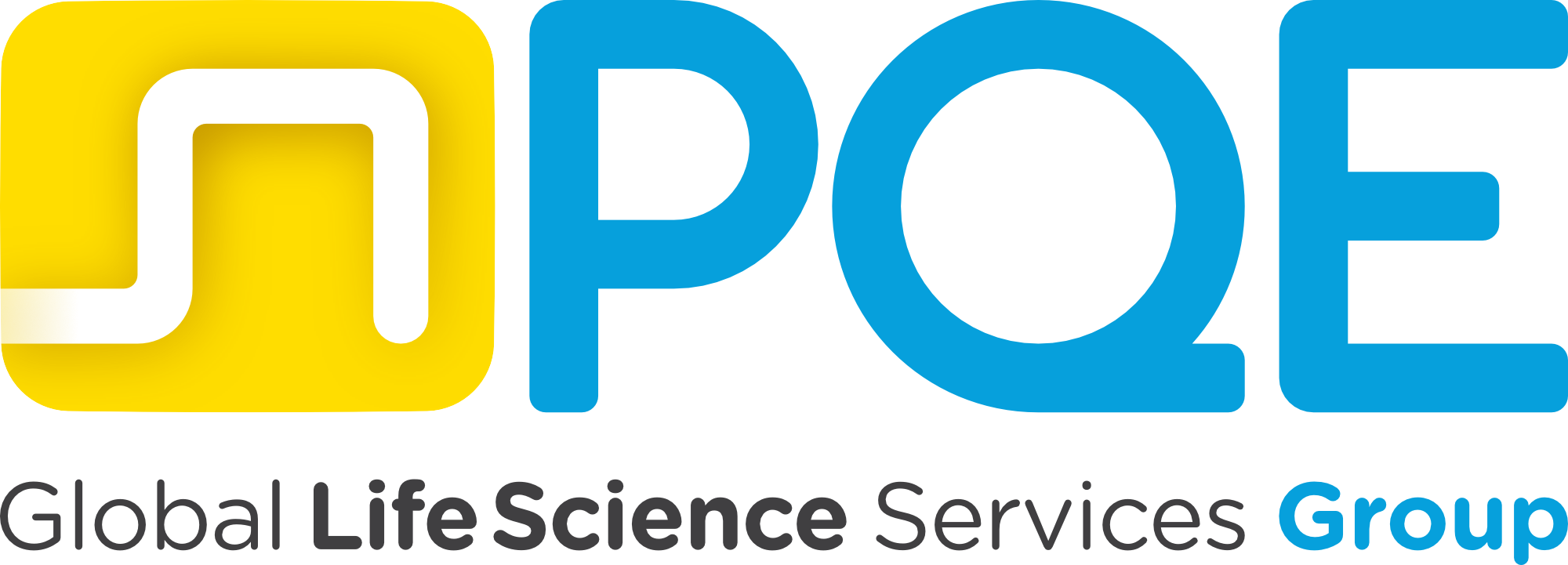The new concept has been introduced in order to reduce the amount of unnecessary effort and documentation and to redirect the focus of demonstrating the validated and reliable status of a system towards a new direction: the system’s fitness for its intended use.
Critical Thinking is introduced to:
-
- Leverage the testing effort during Computerized System Assurance
- Include, where possible, supplier's testing
- Focus on the SME's experience in testing and challenging the system
The concept of Unscripted Testing is strongly highlighted. Scripted tests are standard tests as previously described in the first GAMP® 5 Edition. Unscripted tests, on the other hand, can be of different types and structures, but all have the goal of challenging the system. In order to challenge the system, testers must be highly skilled at using the software in order to identify both expected and unexpected behaviors of the system.
Testing Approaches
A standard testing approach starts with the system’s specifications and is therefore mainly focused on positive testing, whereas unscripted testing is focused on the system’s and the user’s behavior.
Advantages:
- Positive Testing: Focused on system's specifications
- Unscripted Testing: Focuses on system's and user's behavior
On the other hand, scripted testing provides the best solution in order to perform regression testing due to the very high level of detail, however this testing approach challenges expected behaviors and strongly depends on the specifications: if the specifications are not written in a comprehensive way, testing will be executed with limitations and will not give adequate results. These considerations on the V-cycle can also be applied to the agile life cycle and are completely risk driven.
Updates in the New Edition of Pharmaceutical Guidelines
Furthermore, the new edition considers the new technological improvements, new software development methods such as the agile method, and underlines the importance of suppliers especially from a cloud perspective. The concept of the supplier returns forcefully in all chapters, on the one hand in the form of the importance of audits and contracts, and on the other where it concerns greater attention to the use of tools.
This update is related to the fact that most of the information, when dealing with suppliers, is no longer contained on paper but rather within tools in the form of records. Other innovations that have been included in this new edition concern the state of the technological art, also in terms of blockchain, artificial intelligence, open source software and cloud computing.
All articles that have appeared over time on pharmaceutical engineering and topics of other guidelines that have been issued have also been incorporated. An additional main update covering the entire new edition includes a strong component for Data Integrity, which has been the focus of pharmaceutical companies in recent years. Data Integrity is highlighted in all the paragraphs and appendices of the new guideline edition.
Significant Changes to the Appendices
With regards to changes to the appendices, which constitute the most significant part of the GAMP® guideline, an additional significant new appendix is one concerning IT infrastructure as well as one related to User Requirements Specifications (URS), which has been heavily modified the one which in the previous version was called "User Requirements Specifications" is called "Specifying Requirements" in the new edition, which incorporates the topics of the URS and the “Functional Specifications” (FS), which is the reason the appendix D2 on the "Functional Specifications" has been removed.
Further new appendices concern agile testing, aspects of software tools, and the blockchain and artificial intelligence. With respect to the new appendix on the blockchain, suggestions are described and guidelines for developing a large-scale blockchain system are offered.
Evaluating Blockchain Systems and Artificial Intelligence in Software Development
The initial clarification of the chapter is said to critically evaluate blockchain systems because there are particular cases in which these systems can be considered as traditional systems or as six simple data containers. The first thing to do is evaluate the intended use and then consequently approach the project in a different way. The other new appendix concerning artificial intelligence provides indications and guidelines on how to manage these artificial intelligences and in particular, the machine learning included in other software products.
The differences between a normal system and this one, as well as machine learning, are underlined. The heart of this appendix revolves around the fact that machine learning systems are data-centric, therefore data becomes an integral part of both the development phase and the validation and maintenance phase. When approaching this type of system, the importance of data from the conception phase of the development of a machine learning needs to be kept in mind.
The O7 appendix, which was the one related to Repair, was withdrawn as the repairs were merged into other appendices (partly within the Operational Change, partly within the System Administration activity). Another appendix that has been heavily modified is the one related to Electronic Production Records, which has been updated to incorporate new technologies such as the blockchain, considerations on cloud systems and real-time release. The S5 appendix, which dealt with IT systems management, was withdrawn because it was included as a topic within the new IT infrastructure appendix.
Conclusion
The new Edition of GAMP5 covers a large amount of topics that have partially been addressed in complementary guidelines as well as partially newly introduced topics, triggered by the need for innovation, by the COVID-19 pandemic and by the fast evolution we are experiencing in recent years, from both a technological and a human point of view.

Attention all pharmaceutical professionals! Are you looking to stay up-to-date with the latest industry standards for computerized systems?
Join our upcoming webinar on GAMP® 5.2 and learn how to ensure compliance with regulatory requirements. Our expert speakers will guide you through the key changes and updates to the GAMP® guidelines, providing you with practical insights and best practices to implement in your organization.
Don't miss out on this valuable opportunity to enhance your knowledge and skills in computerized system validation. Register now and secure your spot in this informative webinar!






